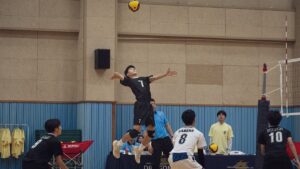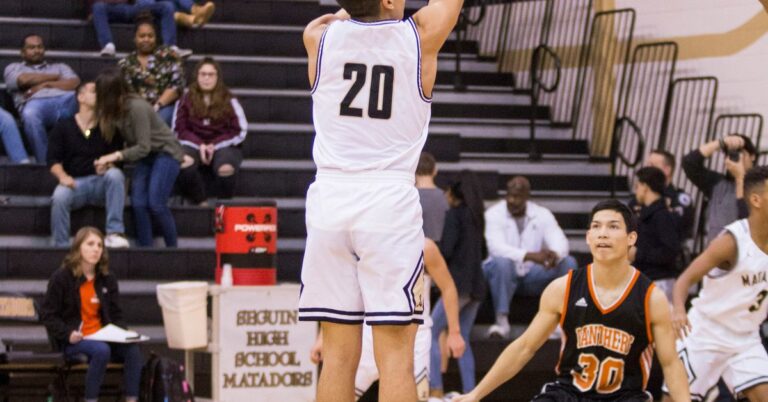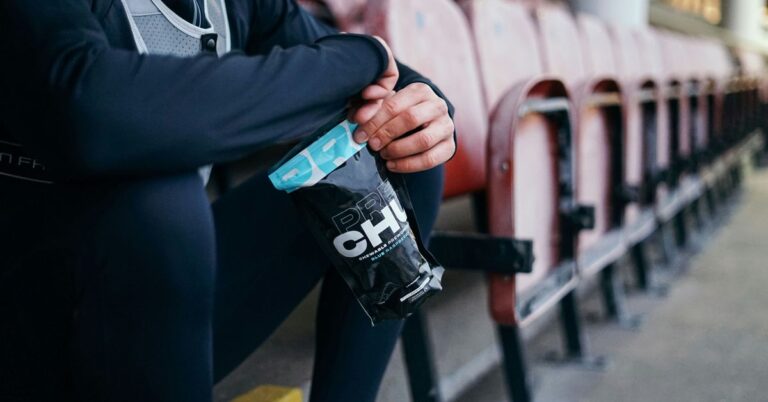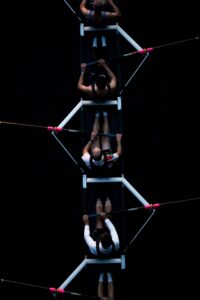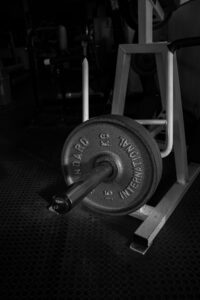Introduction: The Quest for an Edge
In the ever-evolving world of sports, where every athlete strives to gain that elusive competitive edge, traditional training methods often seem like a well-worn path. But what if I told you that some of the most effective techniques are the ones you’ve probably never considered? It’s exciting to think about how breaking from convention can lead to breakthroughs. I remember attending a workshop where a former Olympian spoke about the power of unconventional training—his words stuck with me, sparking a curiosity that has only grown over the years.
Exploring the Unconventional
Let’s dive into the realm of unconventional training techniques. This isn’t about tossing your trusty gym routine out the window; rather, it’s about enhancing your performance through innovative methods that challenge the status quo. From mental conditioning to unique physical exercises, this article will explore various approaches that can elevate your game.
The Power of Visualization
Visualization isn’t just for athletes who have a flair for the dramatic. It’s a powerful tool that many elite competitors use to enhance their performance. The concept is simple: mentally rehearsing your performance can lead to improved outcomes on the field or court. Studies have shown that visualizing success can activate the same neural pathways in the brain as actual practice.
Take, for example, the story of a renowned basketball player who used visualization techniques before every game. He would sit quietly, eyes closed, picturing each shot he would take—how he’d feel, the swish of the net, the crowd’s roar. It struck me that this mental preparation was as crucial to his success as hours spent practicing on the court. In a way, it’s like training your brain to know what success feels like.
Functional Movement Patterns
Forget about isolating muscle groups at the gym for a moment; functional movement patterns are where it’s at. These exercises mimic the movements you perform in your sport, enhancing not just strength but also coordination and flexibility. Think about how often athletes twist, bend, and reach during competition—functional training prepares the body for those real-life scenarios.
Take a football player, for example. Instead of just performing bench presses and squats, they might incorporate exercises that simulate dodging an opponent or sprinting while changing direction. I once watched a video of a rugby team doing agility drills that looked like a choreographed dance—each player seamlessly weaving in and out of cones, demonstrating that functional training can also be a bit of fun.
Breaking Boundaries: The Science of Breathing
Now, let’s shift gears and talk about something we all do but rarely think about: breathing. Yes, the simple act of breathing can be trained, and it’s more critical to athletic performance than you might expect. Controlled breathing techniques can enhance endurance, reduce anxiety, and improve overall performance.
Many athletes are turning to methods like the Buteyko method or diaphragmatic breathing. In fact, some experts suggest that proper breathing can increase oxygen flow to muscles, leading to better performance. I had a friend, a competitive swimmer, who swore by his breathing exercises. He claimed it allowed him to maintain composure during high-pressure races. It made me wonder—could something as simple as breathing be the secret weapon in an athlete’s arsenal?
High-Intensity Interval Training (HIIT) with a Twist
High-Intensity Interval Training (HIIT) has gained popularity for its efficiency and effectiveness, but let’s add a twist to it. Imagine incorporating unconventional elements like dance, martial arts, or even circus arts into your HIIT sessions. This not only keeps things fresh but also challenges your body in new ways.
Picture a group of athletes combining traditional HIIT exercises with breakdancing moves, flipping and spinning between sets. It sounds wild, right? But this kind of cross-training not only builds strength and endurance but also improves agility and coordination. I chuckled at the thought of athletes busting a move while trying to catch their breath. Yet, it’s this playful approach that can lead to impressive gains.
Mindfulness and Mental Conditioning
In recent years, the importance of mental conditioning has come to the forefront. The concept of mindfulness in sports is gaining traction, with athletes increasingly recognizing that the mind is just as vital as the body. Mindfulness practices, such as meditation and yoga, can help athletes develop focus, resilience, and emotional control.
I remember a documentary featuring a professional golfer who implemented mindfulness techniques into his practice. He spoke about how sitting quietly for just a few minutes before a round helped him clear his mind of distractions. It was fascinating to see how something as simple as being present in the moment could significantly impact performance.
Unorthodox Recovery Techniques
Recovery is often overlooked in the pursuit of performance, but it’s just as essential as training itself. Unconventional recovery techniques are emerging, from cryotherapy to float tanks. These methods may seem outside the norm, but they offer unique benefits that traditional recovery practices might not.
For instance, float tanks—filled with saltwater and kept at body temperature—allow athletes to experience weightlessness while floating in silence. This sensory deprivation can lead to deep relaxation, reduced muscle tension, and enhanced recovery. I once tried it myself, and while I was skeptical at first, the experience left me feeling rejuvenated. It’s like hitting the reset button on your body.
Incorporating Play into Training
Here’s a thought: training doesn’t always have to be serious business. Incorporating play into training can not only make workouts more enjoyable but also enhance performance. Athletes often forget that play is essential for creativity, adaptability, and problem-solving skills.
Consider a soccer player who plays in a pick-up game with friends. The lack of structure can lead to unexpected challenges that sharpen skills and improve game sense. I once saw a group of elite athletes engaging in a game of tag during their offseason training—laughing and sprinting, they were honing their agility while having a blast. It’s a reminder that fun can be a powerful tool in an athlete’s journey.
Nutrition: The Unconventional Plate
When it comes to nutrition, many athletes stick to their routine diets. But why not explore unconventional food sources that can enhance performance? Think outside the box—superfoods, adaptogens, and even fermented foods can offer surprising benefits.
For example, adaptogens like ashwagandha and rhodiola rosea are gaining popularity for their potential to reduce fatigue and improve endurance. I remember trying a smoothie with spirulina once (I thought it looked like something from a sci-fi movie), and while it took some getting used to, I felt energized afterward. It’s a testament to how experimenting with nutrition can lead to new heights in performance.
Embracing Failure: A Training Mindset
In sports, failure is inevitable. However, embracing failure as part of the training process can open doors to growth. Athletes who learn to view setbacks as opportunities for improvement often find themselves advancing more quickly than those who fear failure.
Think about it—when a basketball player misses a crucial free throw, they can either dwell on it or analyze what went wrong and adjust. I recall a conversation with a coach who emphasized the importance of learning from mistakes. He told me, “If you’re not failing, you’re not pushing your limits.” It’s a refreshing perspective that can transform an athlete’s approach to training.
Community and Support Systems
Finally, let’s talk about the often-overlooked aspect of training: community. Surrounding yourself with like-minded individuals can provide motivation, support, and fresh ideas. Whether it’s a training partner, a coach, or an entire team, the power of community can’t be underestimated.
I once trained with a group of runners who shared their own unconventional techniques, from barefoot running to hill sprints. The camaraderie and exchange of ideas sparked creativity in my own training. It reminded me that sometimes the best techniques come not just from research but from the experiences of those around us.
Conclusion: Forge Your Own Path
As we wrap up this exploration of unconventional training techniques, let’s remember that the journey to athletic excellence is unique for everyone. What works for one athlete may not work for another, so it’s essential to experiment and find what resonates with you.
Incorporating these techniques into your routine might feel a bit daunting at first, but isn’t that part of the thrill? The road less traveled often leads to the most rewarding experiences. So, whether it’s visualizing your next competition, embracing failure, or finding joy in play, take a leap of faith and elevate your game.
After all, in the world of sports, there are no limits—just opportunities waiting to be explored.




